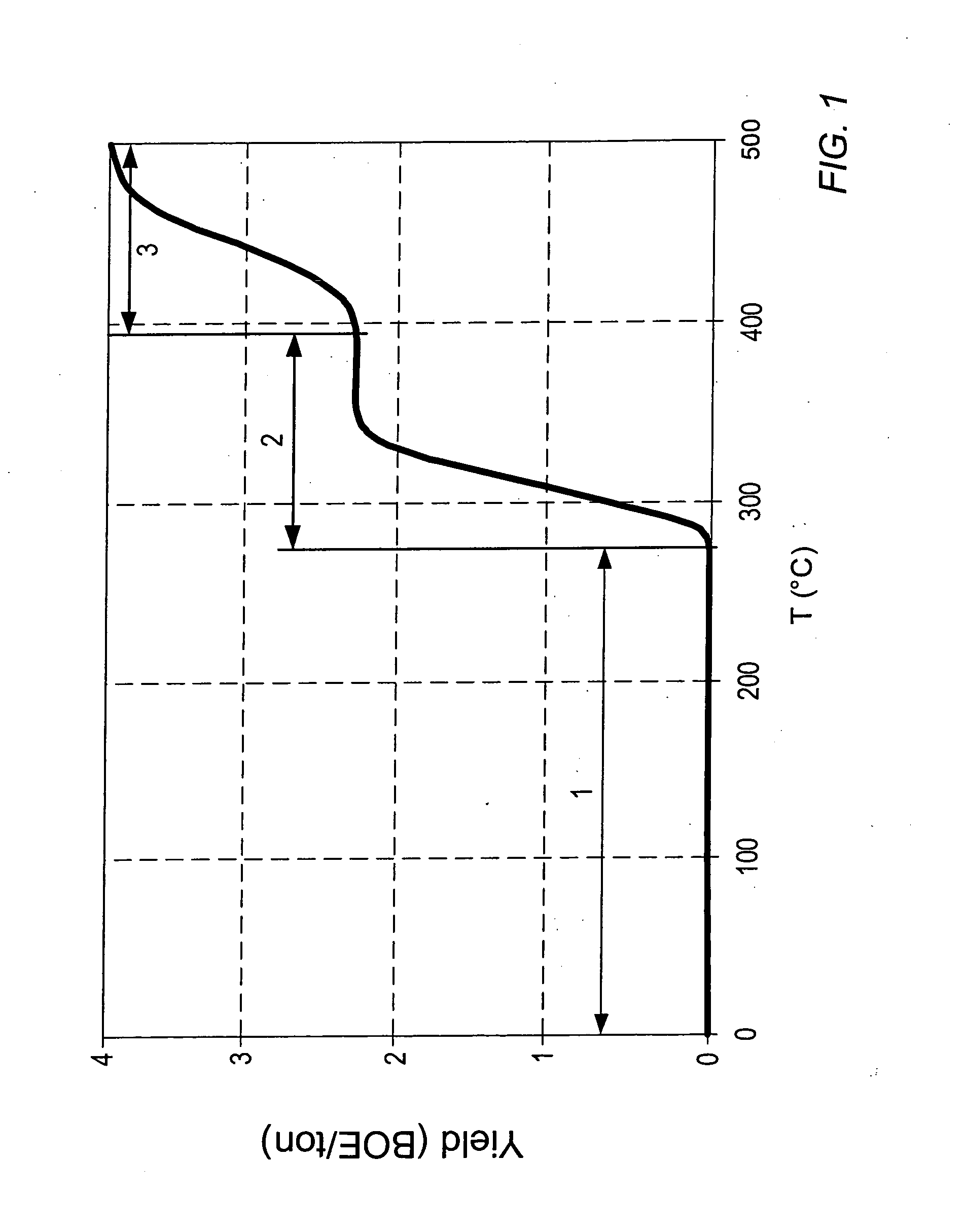Variable frequency temperature limited heaters
a heater and variable frequency technology, applied in the direction of immersion heating arrangement, wellbore/well accessories, insulation, etc., can solve the problems of low energy conversion efficiency of burning coal to generate electricity, steep dipping of coal seams, and inability to economically mine coal formations, etc., to achieve the effect of reducing heat, enhancing fluid flow, and reducing hea
- Summary
- Abstract
- Description
- Claims
- Application Information
AI Technical Summary
Benefits of technology
Problems solved by technology
Method used
Image
Examples
Embodiment Construction
The following description generally relates to systems and methods for treating a hydrocarbon containing formation (e.g., a formation containing coal (including lignite, sapropelic coal, etc.), oil shale, carbonaceous shale, shungites, kerogen, bitumen, oil, kerogen and oil in a low permeability matrix, heavy hydrocarbons, asphaltites, natural mineral waxes, formations wherein kerogen is blocking production of other hydrocarbons, etc.). Such formations may be treated to yield relatively high quality hydrocarbon products, hydrogen, and other products.
“Hydrocarbons” are generally defined as molecules formed primarily by carbon and hydrogen atoms. Hydrocarbons may also include other elements, such as, but not limited to, halogens, metallic elements, nitrogen, oxygen, and / or sulfur. Hydrocarbons may be, but are not limited to, kerogen, bitumen, pyrobitumen, oils, natural mineral waxes, and asphaltites. Hydrocarbons may be located within or adjacent to mineral matrices within the earth...
PUM
 Login to View More
Login to View More Abstract
Description
Claims
Application Information
 Login to View More
Login to View More - R&D
- Intellectual Property
- Life Sciences
- Materials
- Tech Scout
- Unparalleled Data Quality
- Higher Quality Content
- 60% Fewer Hallucinations
Browse by: Latest US Patents, China's latest patents, Technical Efficacy Thesaurus, Application Domain, Technology Topic, Popular Technical Reports.
© 2025 PatSnap. All rights reserved.Legal|Privacy policy|Modern Slavery Act Transparency Statement|Sitemap|About US| Contact US: help@patsnap.com



